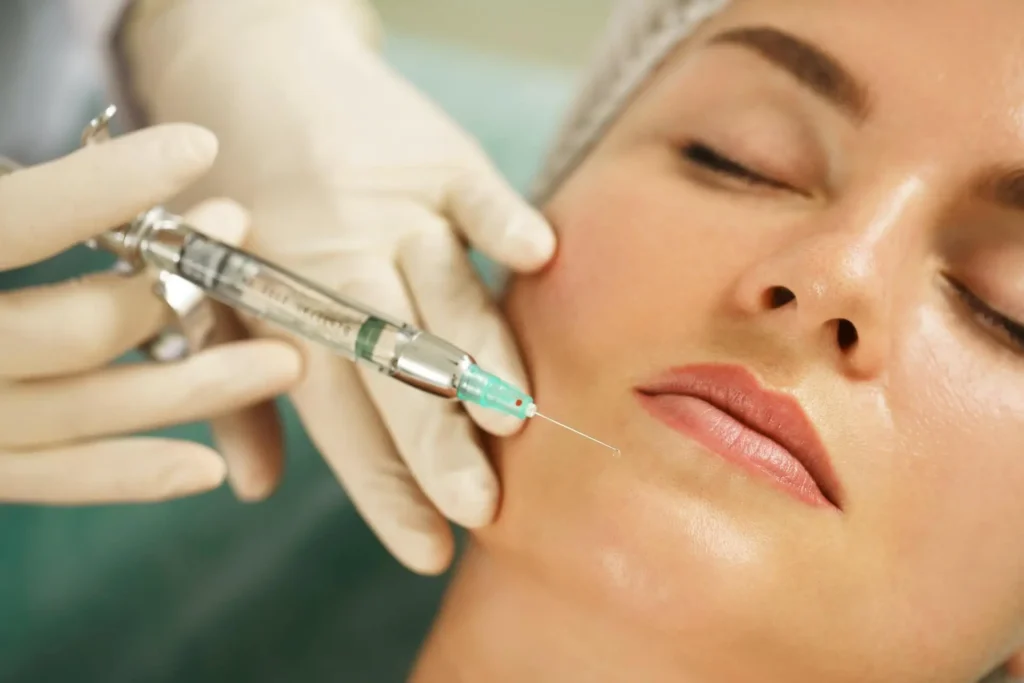Botox treatments for jaw and mouth issues, such as teeth clenching or a gummy smile, provide lasting relief and noticeable improvements. While the effects don’t last indefinitely, the right care after treatment can help you maintain the benefits. Here are a few key steps to extend your results, reduce side effects, and maximize their impact:
Exploring Post-Treatment Care
The first 24 to 48 hours following Botox treatment are pivotal. During this period, Botox is settling into the targeted muscles and beginning to work. Activities that interrupt this process could affect the outcome, so avoid rubbing or massaging the treated area. Physical pressure can cause the Botox to disperse to unintended areas, which might affect its efficacy. Stay upright for several hours. Lying down immediately after treatment might shift the Botox, disrupting optimal placement.
Skip intense exercise and heat exposure. Activities involving heavy sweating or heat, such as hot yoga or saunas, could impact how the Botox interacts with your muscles. Limit alcohol consumption. Alcohol could increase bruising, particularly in the first day or two following treatment. These simple actions will help preserve the placement and effectiveness.
Supporting Longevity of Results
Maintaining your Botox results involves not only immediate post-treatment care but also your day-to-day habits. Over time, external factors like sun exposure, dehydration, or chronic stress can degrade muscle conditions and impact Botox performance. Adjusting specific routines can help prolong your results:
- Stay hydrated: Proper hydration promotes skin elasticity and muscle flexibility, which complement Botox’s effects.
- Use SPF daily: Sun damage impacts skin health and muscle tone, potentially reducing the effectiveness of Botox. Apply broad-spectrum sunscreen regularly to protect your skin.
- Manage stress levels: High stress can cause muscle tension, particularly around the jaw, counteracting Botox’s muscle-relaxing effects. Relaxation techniques, such as breathing exercises or mindfulness, can help.
- Follow a nutrient-rich diet: Make sure meals include plenty of antioxidants, vitamins, and healthy fats, which play a role in maintaining strong, healthy skin and muscles.
Healthy habits not only enhance results but also contribute to overall skin and muscle vitality.
Scheduling Maintenance Appointments
Botox is temporary, with effects typically lasting between three and six months for jaw and mouth-related treatments. Staying consistent with maintenance appointments is key to enabling smooth transitions between treatments and maintaining effectiveness. After 10 to 12 weeks, it’s helpful to consult your dentist to monitor how the injection is performing and plan the next treatment.
Be proactive in tracking symptoms; if you notice clenching, tension, or gummy smile issues returning, reach out to your dentist sooner to determine if an earlier appointment is needed. Sticking to a regular schedule is key, as irregular treatments can allow the muscles to regain strength, potentially requiring more Botox at your next session to achieve the same results. By working closely with your provider, you can stay ahead of any changes and continue to enjoy the full benefits.
Learn More About Botox
Maintaining optimal results after Botox treatment for jaw and mouth issues involves three primary steps. First, adhere to post-treatment care guidelines immediately after your session to allow Botox to settle properly. Second, adopt healthy habits like using sunscreen, staying hydrated, and managing stress to support skin and muscle health. Finally, schedule follow-up appointments regularly to enable consistent results. For more tailored support, consult your provider for personalized recommendations based on your treatment plan and lifestyle. With the right care, your Botox treatments can remain effective and deliver significant long-term improvements.








Leave a Reply